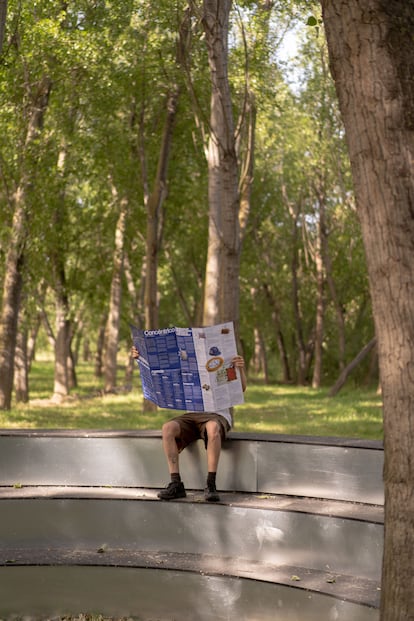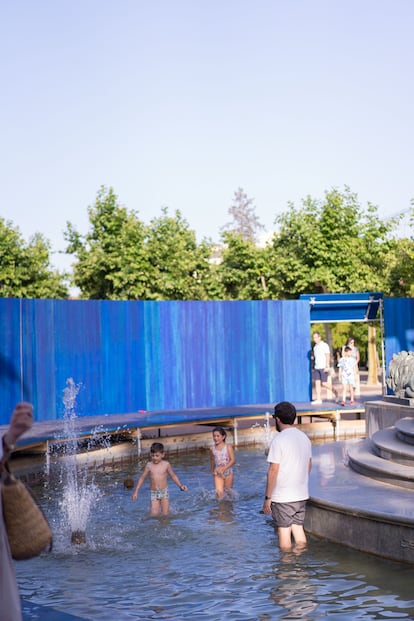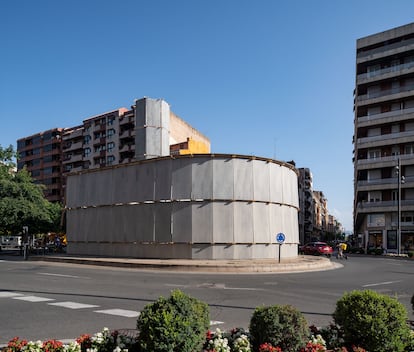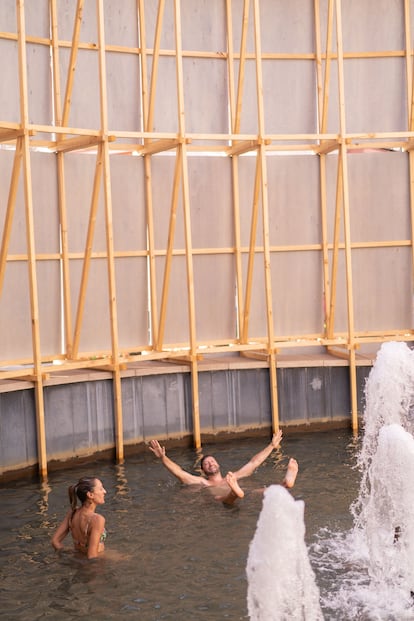How could I improve my city?

Tactical urbanism seeks to improve the quality of life in cities with low-cost, temporary interventions. It's essentially a test. At its best, it proposes interventions—after studying what doesn't work or could be improved in a given location—or it listens: it organizes consultations, what is called citizen participation, to understand where the obstacles to better living lie. From there, architects and designers think, design, and test. Some temporary interventions stick. And they change cities. And so do the way we design.
Logroño City Council has been commissioning architect Javier Peña to carry out a major urban overhaul for a decade . It seems temporary. It lasts only a few days. But it takes a whole year to build. And the City Council and Peña are convinced that its effects could last more than a year. But… to do that, you have to try. Talk, take risks, and react.

This year, once again, the Concéntrico festival of temporary interventions in Logroño brought together planners and designers from around the world. Some, like the Dutch MVRDV, have worked with one of the essences of the place: Rioja wine and everything that surrounds it. In San Bartolomé Square, their Tapete project is a carpet made from thousands of recycled corks. The installation transforms the public space into a soft, playful floor that invites play and relaxation.

Others, like the architects of Traumnovelle—Belgian architects Léone Drapeaud, Manuel León Fanjul, and Johnny Leya— argue that, beyond buildings and objects, architecture and design can construct worlds. That's why their intervention in Soto del Ebro, a forest marked by scars (because it was the scene of death, the persecution of women considered witches, and silencing and oblivion), is called Herejes (Heretics ), and pays homage to those silenced, ostracized, and mistreated people. The project invites the public to join in a collective ritual to transform invisible wounds into a new community narrative. Thus, it offers seating among the trees.

At the roundabout near Plaza Salón, next to Gran Vía, Leopold Bianchini and his studio have installed refreshing temporary restrooms. Thus, a vehicular roundabout demonstrates that, beyond organizing traffic, it can also serve a civic purpose. Converted into a temporary public restroom, it recovers the spirit of the old urban baths. And it displays civic spirit. The installation demonstrates hidden uses for a roundabout. It combines changing rooms, steam rooms, and cold water basins, revealing the potential of spaces dominated by cars and offering a collective refuge amidst the traffic and heat.

But there's more water and more hidden potential. As if it were a tradition—there have been other interventions in previous years—Madrid-based architects Salazar Sequero y Medina have intervened in the Espartero Monument. This time, they've installed a symbolic pool, transforming a space of homage into an urban oasis. Using recycled materials and scaffolding, the architects' idea was to participate in the regenerative bath during the Night of San Juan . The temporary project is called... Piscinazo .

But it's not just water and freshness among their proposals. There's also play, imagination, and change. Nicholas Gardner (1988) and Sa š a Š tucin (1984) are the London-based designers of Soft Baroque. In Parque del Carmen, they've installed their Dancing Bench , a soft, dancing bench that announces its movement with curves. Their project also includes another series of urban benches with movable plane mechanisms that allow the user to create optical illusions. An everyday object can offer all of this in a corner of the city.
A decade of the Concéntrico festival is, has been, is becoming just that: hundreds of temporary proposals to tactically determine which ones could stay and transform the city. Happy anniversary.
EL PAÍS





